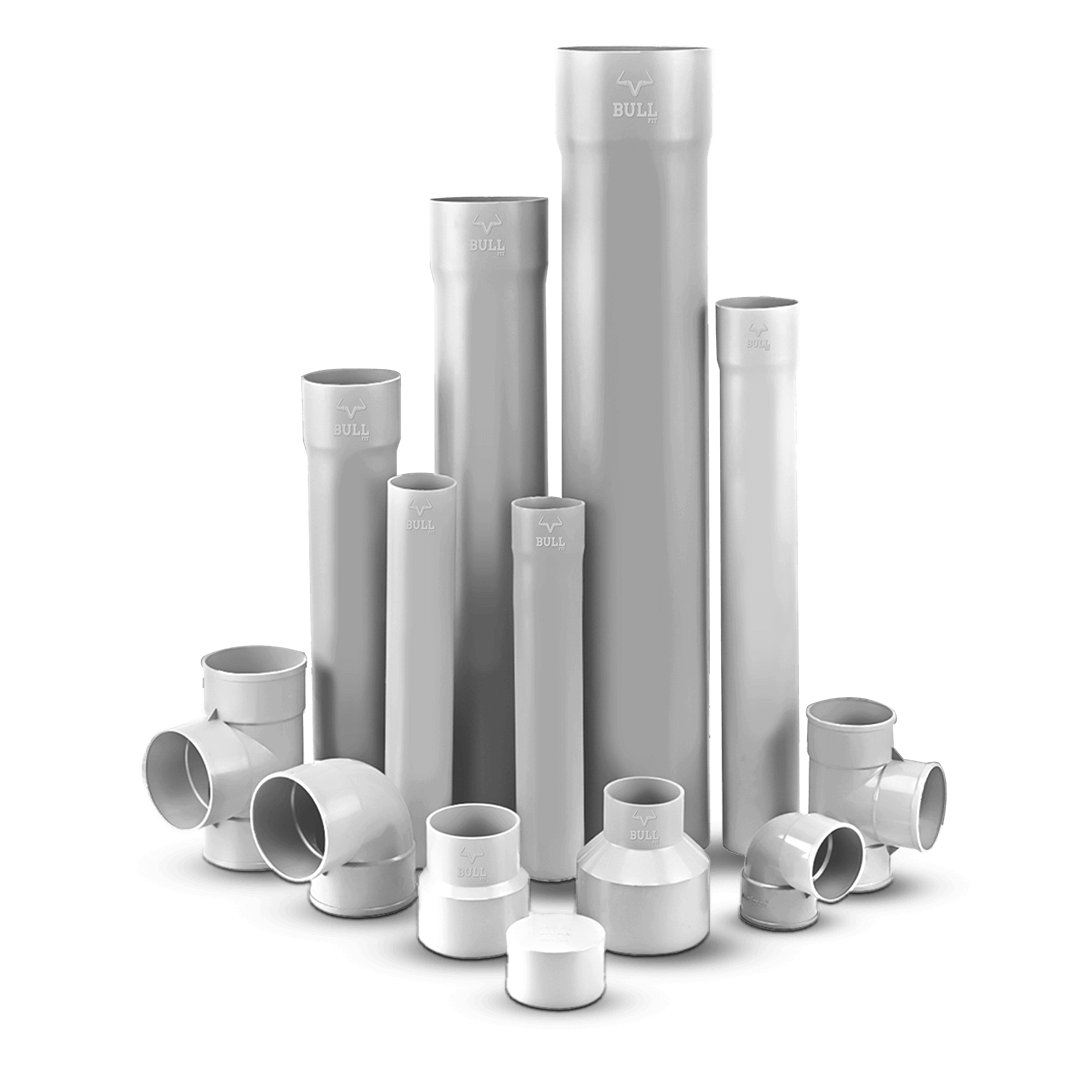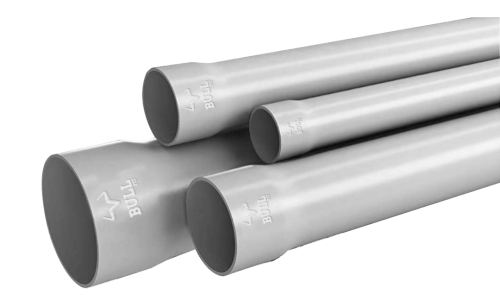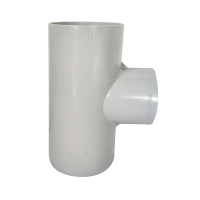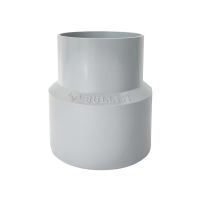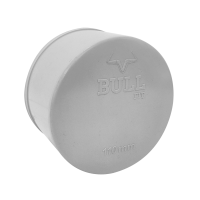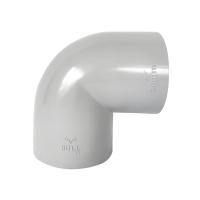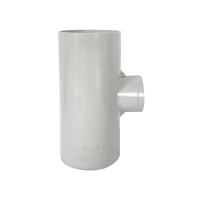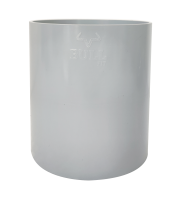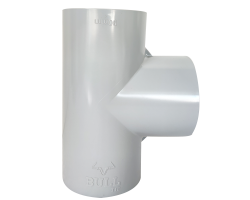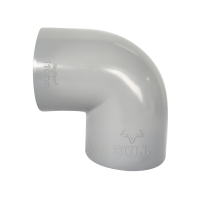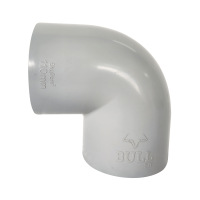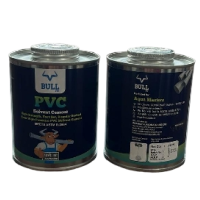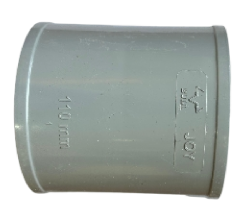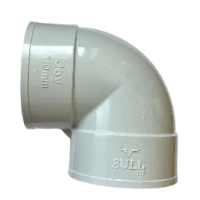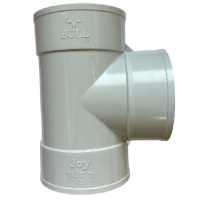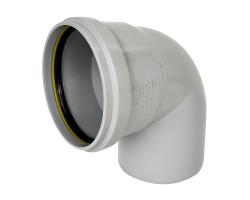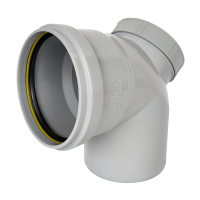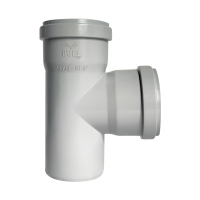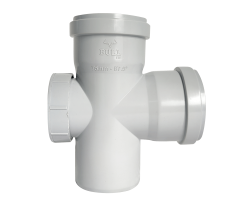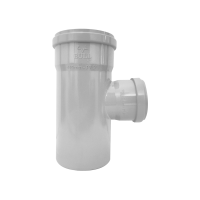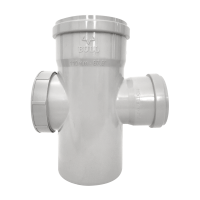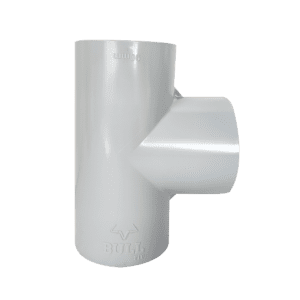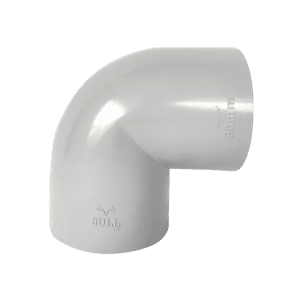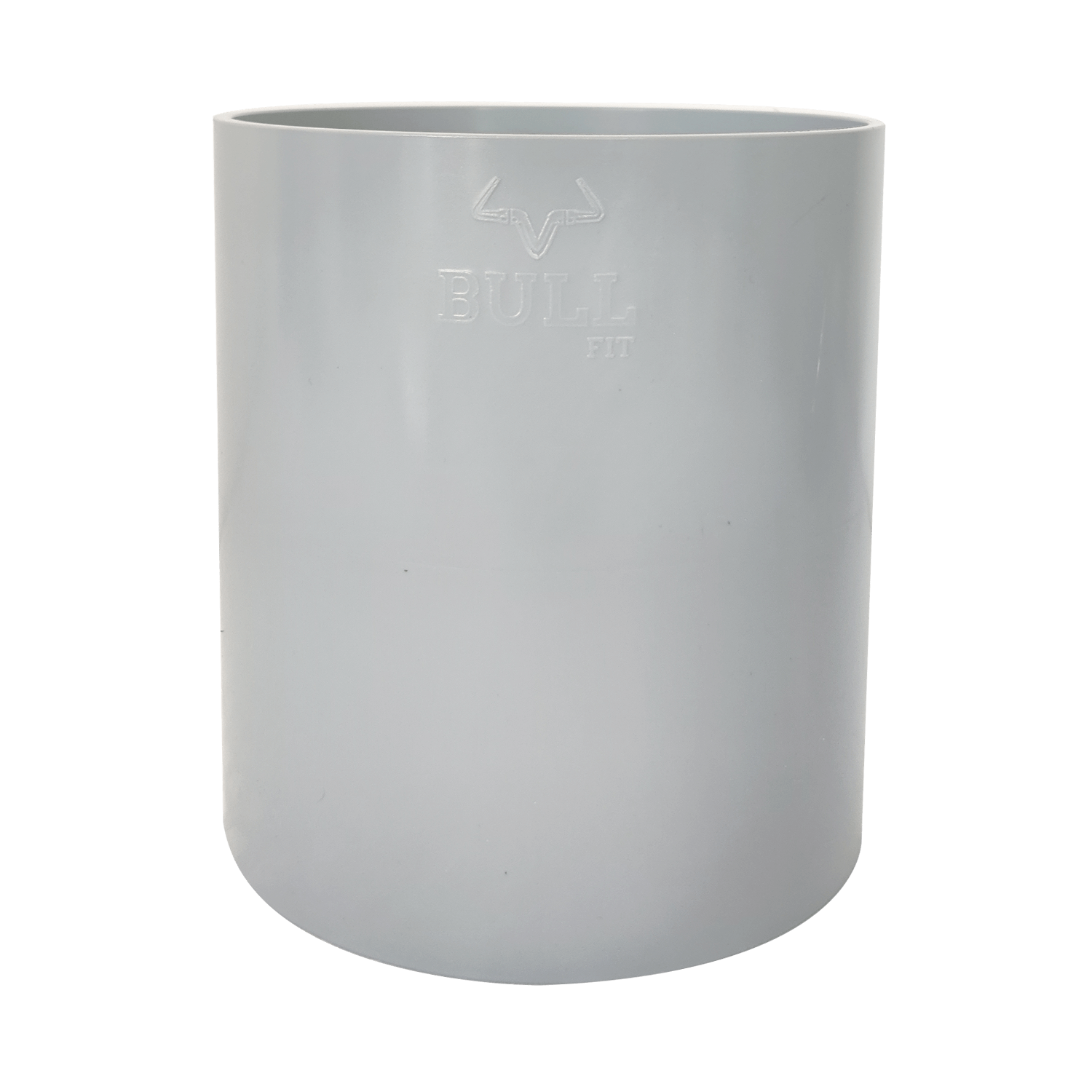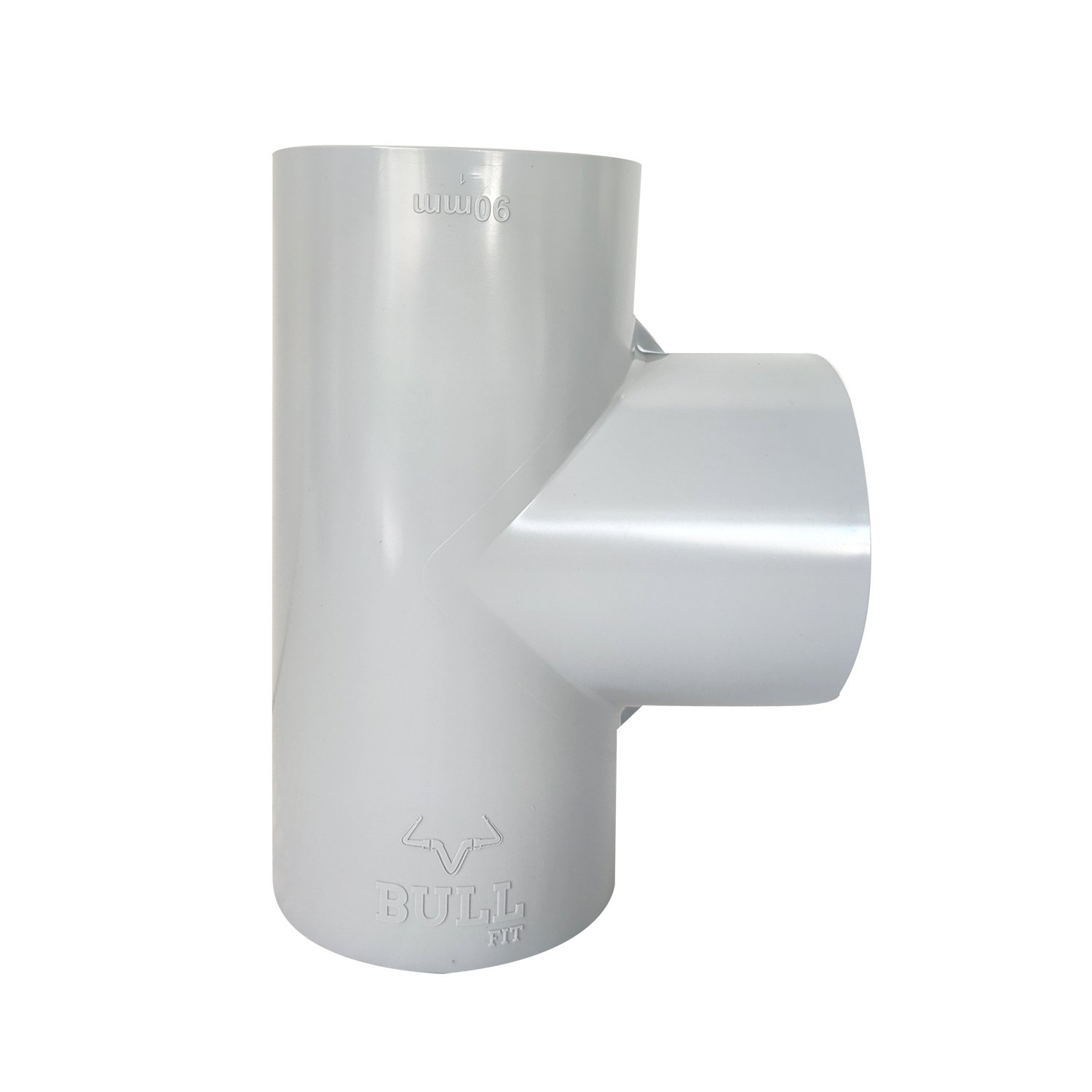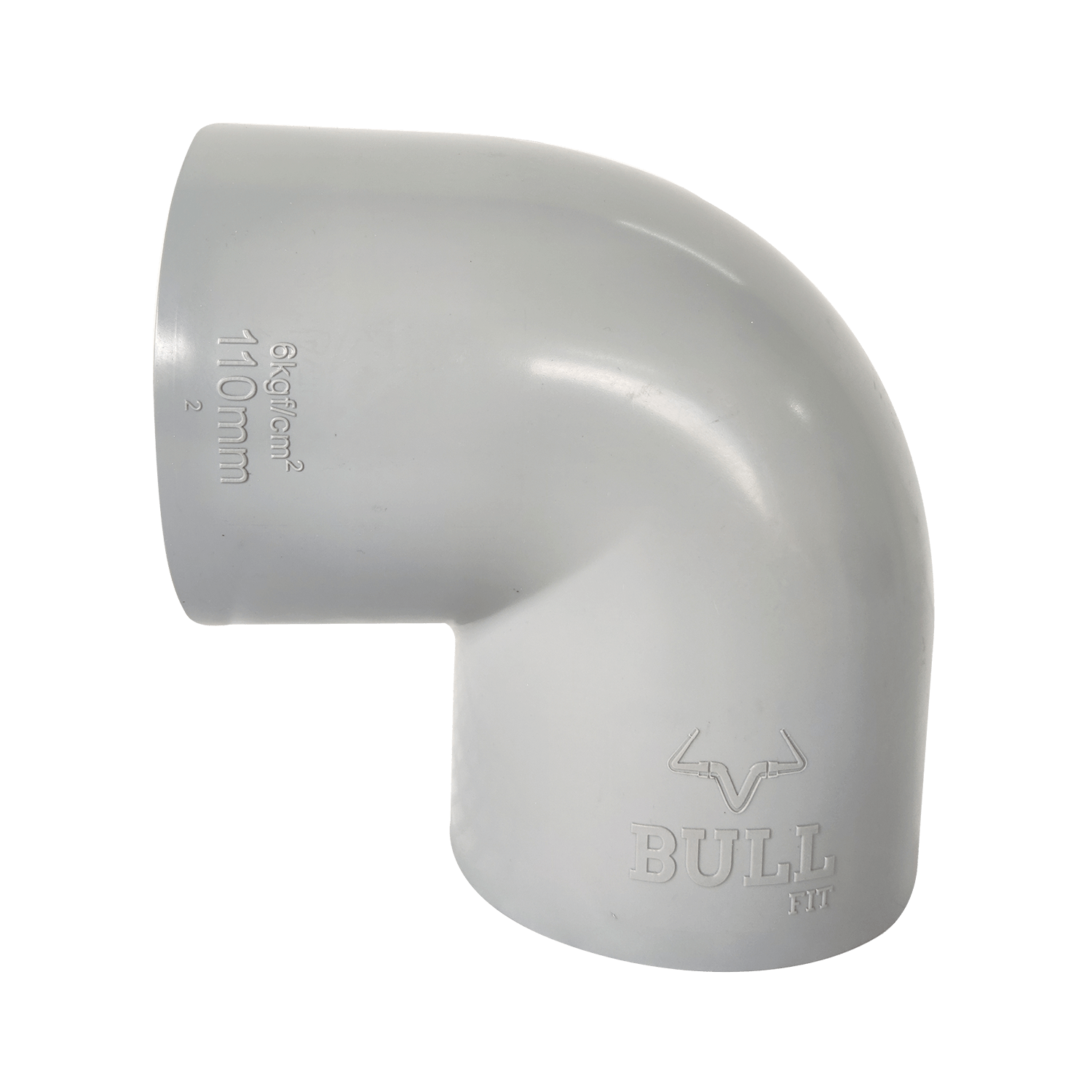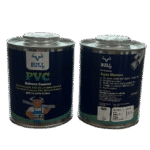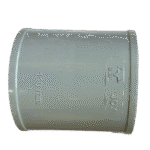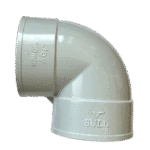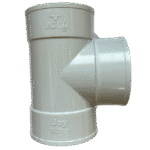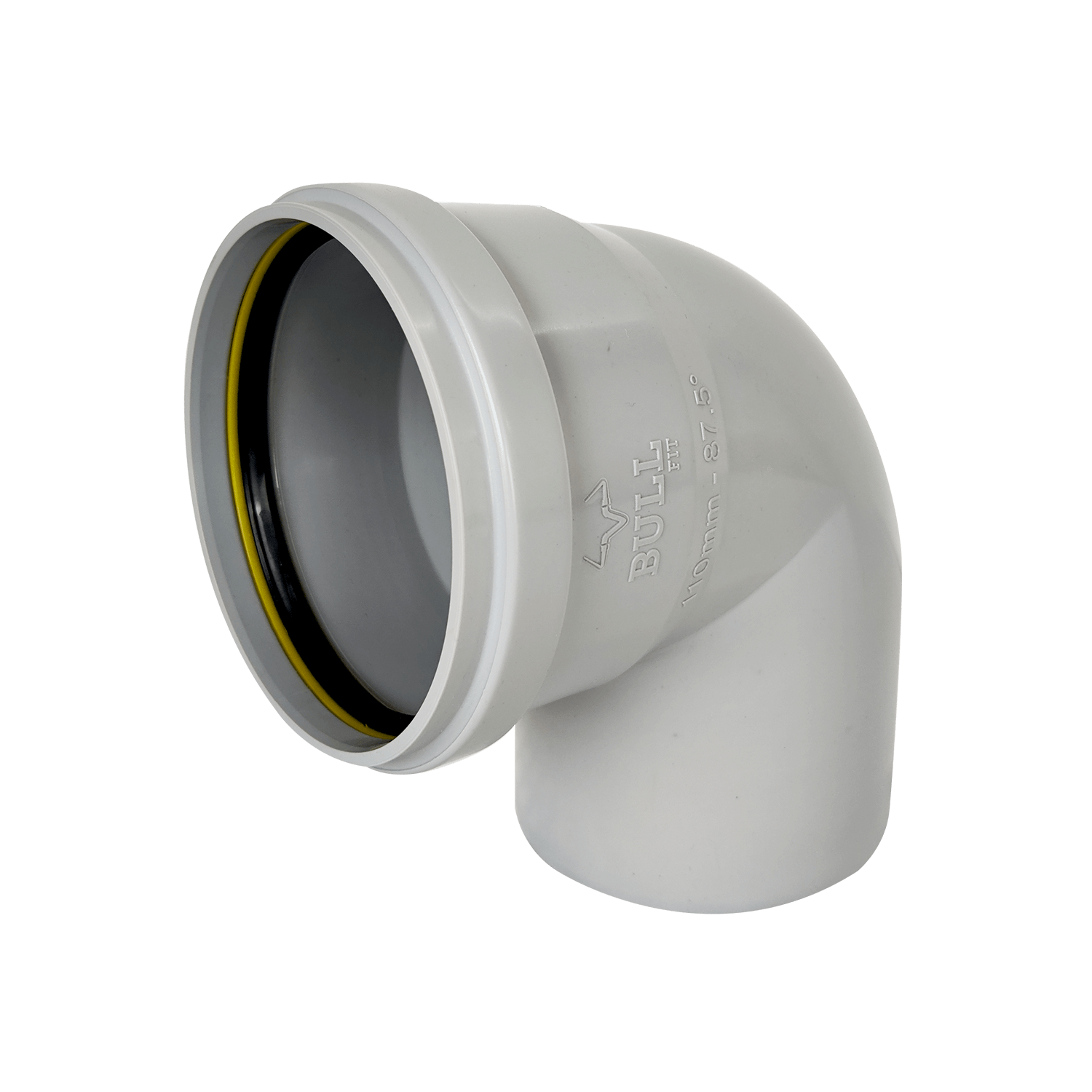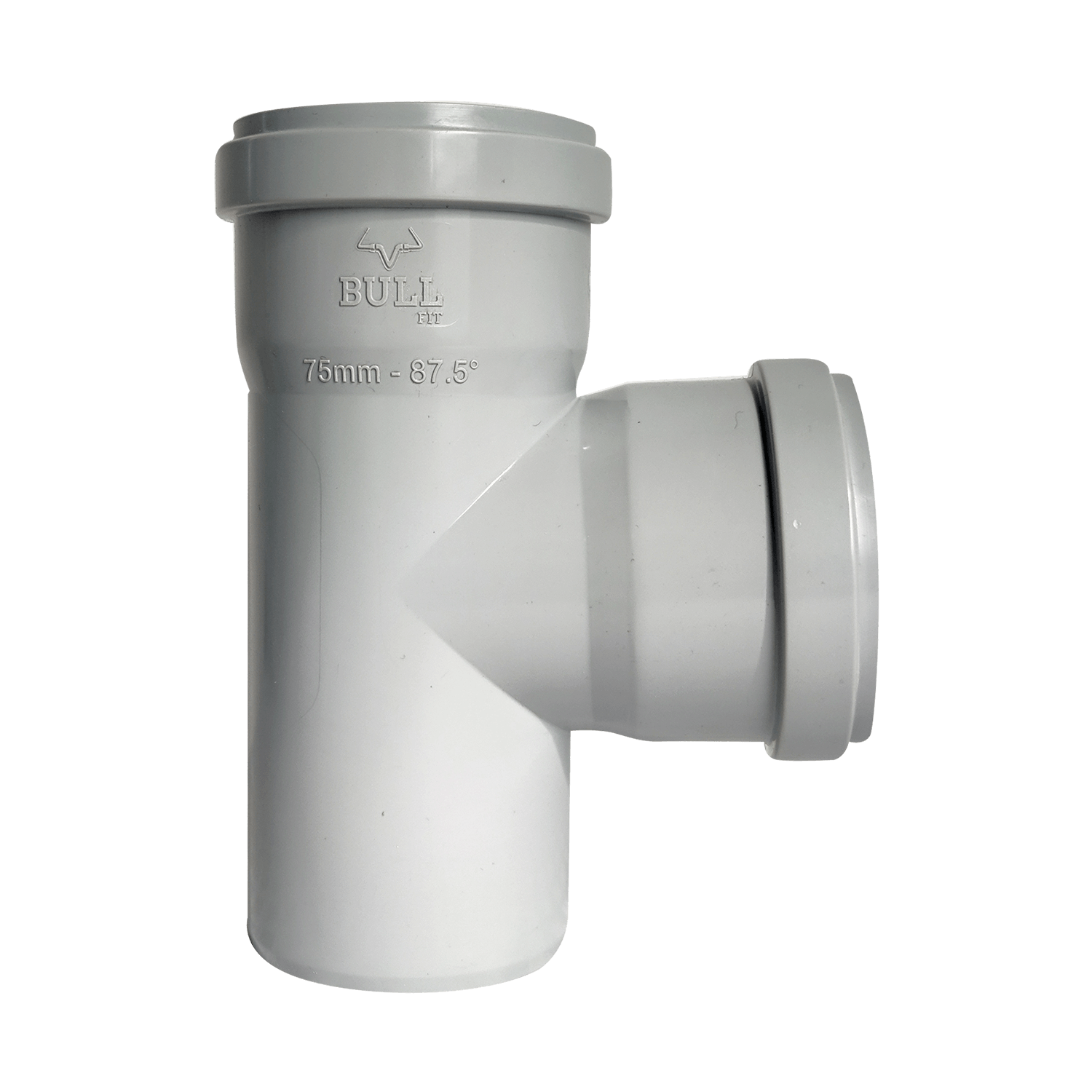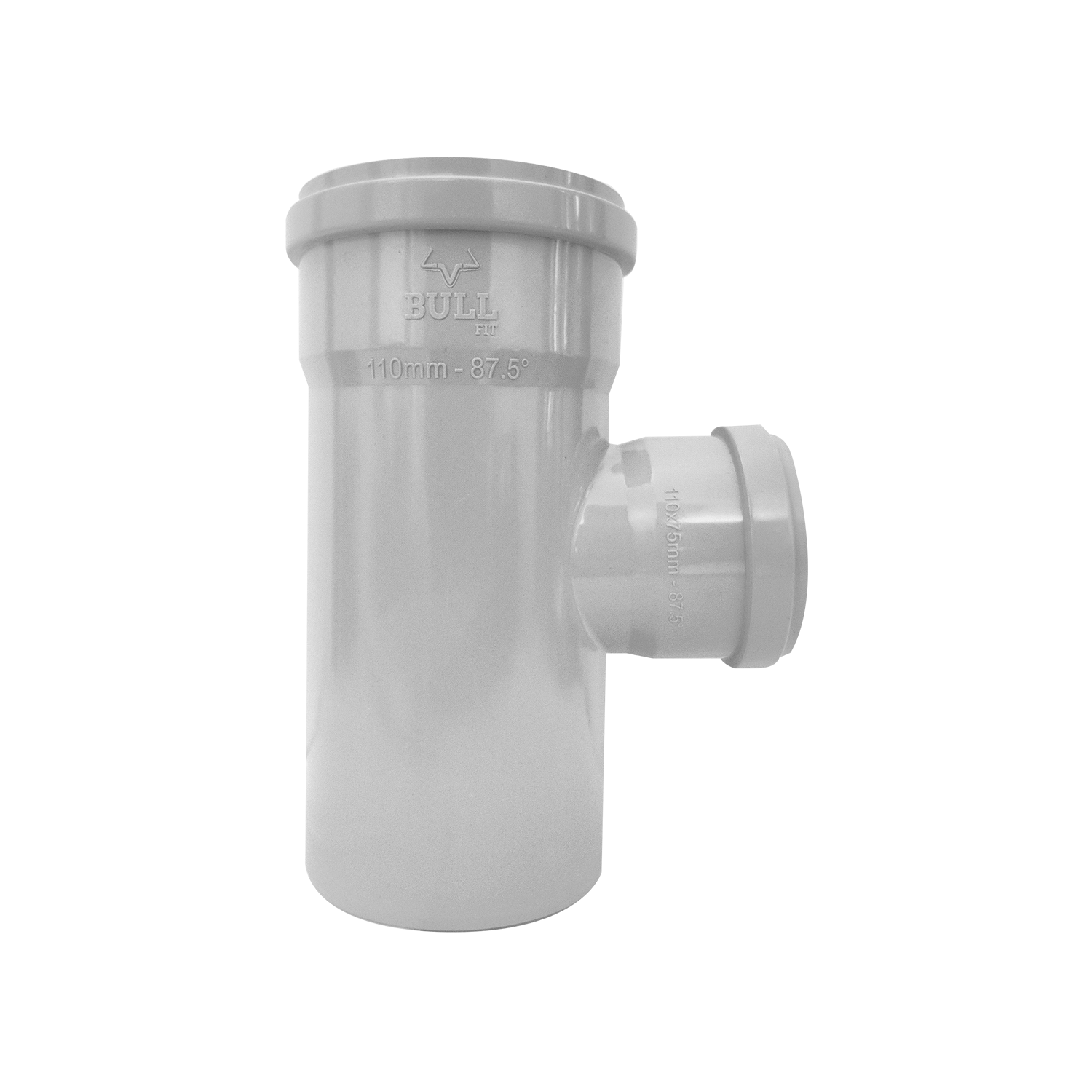Agri Pipes and Agri Fittings
At Bull fit, we manufacture “lead-free” uPVC Agri pipes and fittings. This makes it the most ideal water supply system. Our Agri Pipes and Agri fittings can be used in rigorous weather conditions and are long-lasting.
Bull Fit Pipes presents a diverse selection of PVC-U pressure pipes and fittings designed specifically for various applications in agriculture, irrigation, swimming pools, and domestic water supply, including potable water systems.
Bull Fit’s PVC-U pressure pipes bring numerous advantages to the table. They are lightweight, facilitating easy transportation and installation while boasting a high flow rate. With excellent resistance to chemicals and corrosion, these pipes ensure a prolonged product life.
Our commitment to stringent quality assurance at every manufacturing stage ensures a highly reliable product, making Bull Fit agriculture PVC pipes the preferred choice for farmers, domestic and commercial establishments, and quality-conscious.
Recommended for water temperatures ranging from 1°C to 45°C, these agriculture pipes and fittings exhibit resilience even with occasional temperature fluctuations during summer days and nights, maintaining consistent working pressure.
Bull Fit agriculture PVC-U pipes are available in a wide range of sizes and pressure classes. Sizes range from 20 to 400 mm, offering flexibility to meet diverse requirements.
Bull Fit offers a comprehensive range of molded fittings manufactured in accordance with standards. Additionally, we provide fabricated fittings to meet diverse plumbing needs.
Features

Lead-free

No toxins, odours or taste

Cost-effective

Easy installation

Maintenance-free

High chemical resistance

100% leakpoof Joints

Extreme durability
Applications

Water supply and distribution purposes

Ventilation pipeline

Slurry lines

Irrigation Purposes

Water supply and in Agriculture
AGRI PIPES
JOY SUPER STRONG
AGRI FITTINGS
JOY AGRI FITTINGS
JOY SWR FITTINGS
Do’s and Don’ts
Cutting
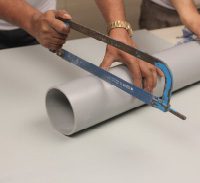

It is imperative to mark the pipe from all sides so that pipe is cut with the help of a Hand Saw. It should be a right angle cut from all the sides. The cut piece should not be with burr on edges.

Do not cut slant/unevenly.
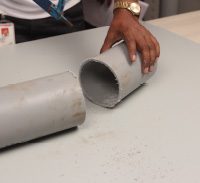
Deburring and Ridge Removal
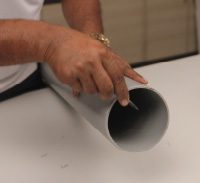

Remove all the burrs and ridges accumulated on the inner as well as the outer edges of the pipe with the help of a deburring knife, file or abrasive paper.

Do not proceed with the installation of pipe without deburring.
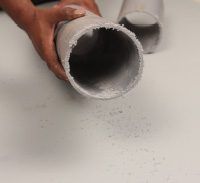
Cleaning
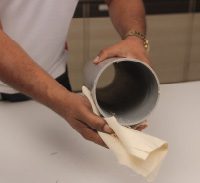

Thoroughly clean the pipe with dry cloth where the solvent cement is going to be applied, to avoid dust, dirt, oil, moisture and other foreign material during the installation process.

Do not join the pipes without cleaning the pipe ends.
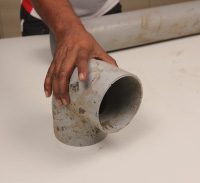
Chamfering
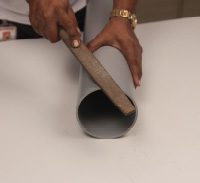

Do not join the pipes without cleaning the pipe ends.

Do not proceed with installation of pipe without chamfering.
Dryfit Test
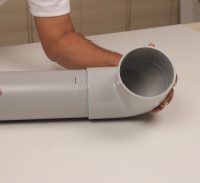

Before applying solvent cement, insert the pipe end into the socket of the next pipe or fitting to check that interference occurs at about 1/3 to 2/3 of the socket depth.

Do not apply solvent cement without dryfit test.
Application of Solvent Cement
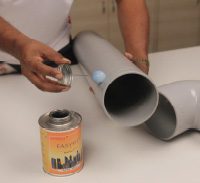

Before applying solvent cement, insert the pipe end into the socket of the next pipe or fitting to check that interference occurs at about 1/3 to 2/3 of the socket depth.

Do not apply excess solvent cement on the pipe and do not use solvent cement by hand.
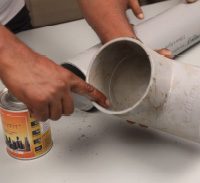
Jointing
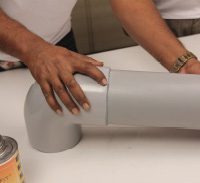

Push the pipe inside the fitting so that it goes inside it equally from all the sides. Wipe off excess solvent cement that comes out from all the edges. Hold the joint for to 2 minutes so that the jointing is perfect.

Do not use a hammer or half push the pipe.
Installation and Commissioning

a) Pipe line should be installed in proper alignment and along with necessary clamps.
b) Pressure testing to be done before concealing work.
c) Pressure testing may be carried out after a curing period of 24 hrs.



